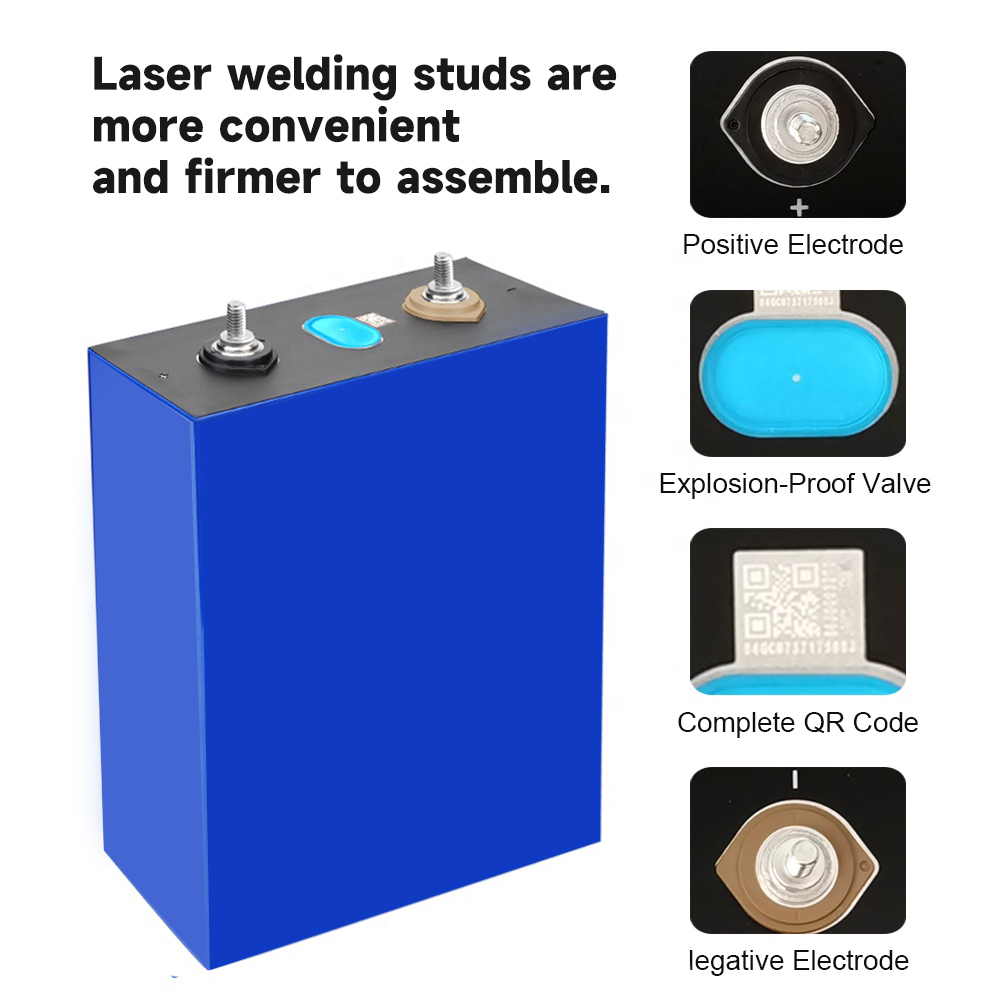

Key points of process design of 18650 cylindrical battery. 1. Liquid injection amount: Generally speaking, the liquid injection amount of ternary system 186502.6-3.2Ah cylindrical battery is between 5-5.5g. The specific amount of liquid injection depends on the physical parameters of the positive and negative electrode materials (specific surface area, morphology, particle size distribution), winding tightness,
Key points of process design of 18650 cylindrical battery.
1. Injection volume:
Generally speaking, the liquid injection volume of ternary system 186502.6-3.2Ah cylindrical battery is between 5-5.5g. The specific amount of liquid injection depends on the physical parameters (specific surface area, morphology, particle size distribution), winding tightness, surface density, compaction density, etc. of the positive and negative electrode materials.
If the amount of liquid injected is insufficient, it will result in incomplete infiltration of the interior, high internal resistance, and low number of cycles. Seriously, it will lead to lithium precipitation and cause danger; if the injection volume is too large, it will cause insufficient internal space (high internal pressure), rapid capacity decay, new costs, etc. Let me talk about it here. The reason why the capacity of the negative electrode will decay quickly due to the large amount of liquid injection is because, especially when the temperature is high and during the charging process, the rich free electrolyte will react with the more active negative electrode lithium carbon compound, consuming effective substances.
The method generally used by manufacturers to determine the liquid injection amount is to immerse the wound battery core in the electrolyte, calculate the weight difference before and after, and then add 0.2-0.4g as a surplus. The final amount is the optimal liquid injection amount. Of course, although this method is simple and feasible, it is not rigorous enough. The best method is to conduct electrochemical performance experiments with gradient injection amounts, and ultimately take into account rate, high and low temperature, cycle, etc.
It is more scientific to determine the appropriate amount of liquid injection based on the specific use of the battery.
The principles of manganese, lithium, iron and lithium are basically similar. No need to go into details.
2. Tightness:
The tightness is calculated by dividing the sum of the bottom areas of the positive electrode, negative electrode, separator and needle gaps by the inner bottom area of the cylindrical battery. Generally it is 88%-93%.
Similarly, the specific tightness depends on the use of the battery and the various performance requirements of the final battery you require. If the tightness is too low, it will cause a waste of space, new costs, difficulty in infiltrating the electrolyte (liquid consumption), shaking of the battery cells, etc.; if the tightness is too high, it will cause insufficient space due to subsequent expansion of the battery cells, affecting electrochemical performance and internal pressure. Large CID is easy to disconnect, etc.
Generally speaking, the tightness of rate batteries is lower, generally below 91%; the tightness of capacity batteries is higher, and some can even exceed 95%. The reason can be thought about, it is very simple.
It should be noted that considering different materials (such as negative electrode physical properties), different design parameters (such as compaction density), etc., subsequent battery expansion coefficients are also different. We must take practical and comprehensive considerations into account when designing.
3. Number of poles:
Increasing the number of poles can only increase the AC internal resistance of the battery to a limited extent, and has no direct relationship with the DC internal resistance during final use. And the additional number of poles will increase the difficulty of battery process design, increase costs and end-use risks. Therefore, whether it is feasible to unilaterally increase the number of tabs in order to increase the final battery capacity or rate performance, one must be careful when designing.
The reason can be roughly explained: the new number of pole tabs means that new machines, materials and labor are added to the blanking and tab welding processes, and the cost will naturally increase; the new number of pole tabs will also affect the tension of the pole pieces, resulting in uneven tension. Increases the difficulty and risk of winding; improper encapsulation of the solder joints at the tabs will pierce the insulation; the current density at the tabs is the highest and the electrode potential is the lowest, increasing the probability of lithium precipitation.
The general design is that one tab for the positive and negative poles of the capacity battery is enough; for the rate battery, you can consider adding more tabs, but the final determinant of performance is the DC internal resistance.

Popular recommendation
18650 battery 1800 mah.What are the differences in technical characteristics between square, cylindr
2023-10-083.2v 280ah lifepo4 battery cell.Supported by Guoxuan LFP cylindrical cells JAC iEV7L power battery t
2023-10-08802540 polymer battery.Let’s take a look at several technical points related to cylindrical batterie
2023-10-08AG9 battery!Canadian scientists are developing quantum batteries that rely on quantum mechanics with
2023-10-08Where does the battery come from the electrical
2022-06-18102450 lipo battery.Introduction to the key points of the 18650 lithium battery pack process
2023-10-08Teach you to identify true and false button batteries
2022-06-18polymer lithium battery.The latest research progress on nickel-cobalt-manganese ternary materials fo
2023-10-0912v 50ah lifepo4 lithium battery pack.Toyota's magnesium battery research has made breakthrough prog
2023-10-08102450 battery.Automatic nickel-cadmium battery charging circuit
2023-10-09lithium polymer battery 10000mah.The United States develops lithium iron oxide rechargeable batterie
2023-10-09button battery cr1620.How to distinguish between energy storage lithium batteries and power lithium
2023-10-10